Sign up for workout ideas, training advice, reviews of the latest gear and more.

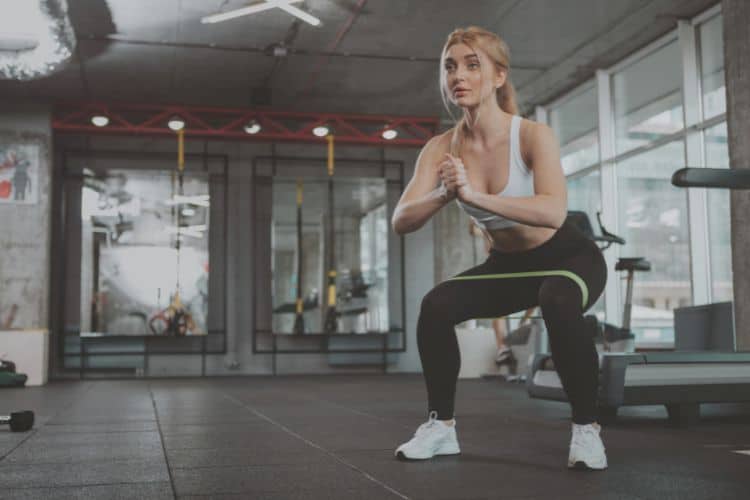
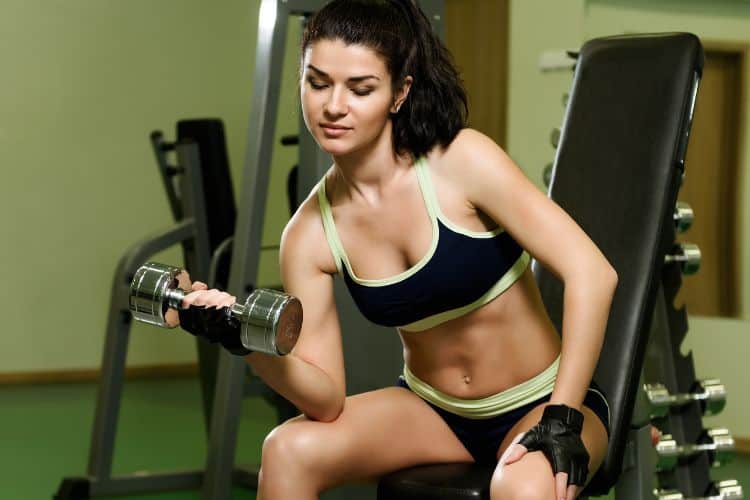
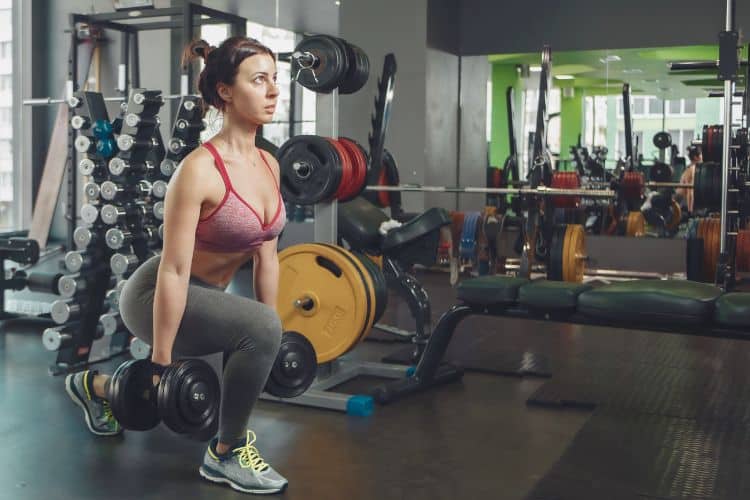
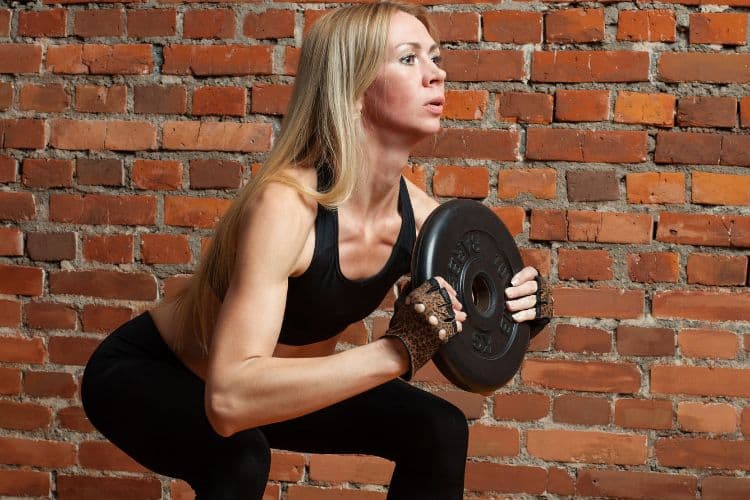
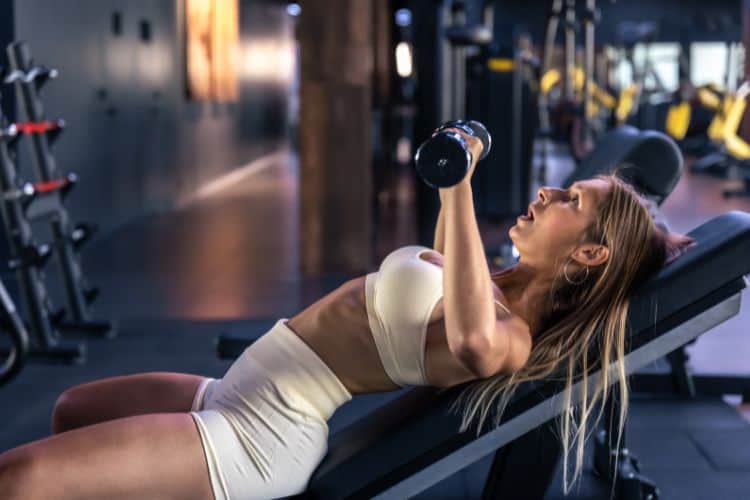
Starting your fitness journey can feel overwhelming. With so many exercises, programs, and time commitments, beginners often wonder where to start. The good news? You don’t need hours in the gym to see results. A 20-minute dumbbell workout for beginners is enough to build strength, burn calories, and boost energy—all from the comfort of home.
This workout is short, effective, and designed with beginners in mind. Using just a pair of dumbbells, you’ll engage multiple muscle groups, improve form, and create a strong foundation for future progress.
In this post, you’ll learn:
One of the biggest challenges beginners face is finding time to exercise. A 20-minute dumbbell session fits into any schedule—before work, during a lunch break, or after dinner. Short workouts are easier to commit to, making consistency more achievable.
Dumbbells allow for natural movement patterns, reducing stress on joints compared to machines or barbells. For beginners, this means safer training and less risk of injury.
By combining compound moves like squats, presses, and rows, this routine increases calorie expenditure while toning muscles. Even after you finish, your body continues burning calories thanks to the afterburn effect.
Strength training doesn’t just change how you look—it changes how you feel. Carrying groceries, climbing stairs, and moving furniture all become easier with consistent dumbbell training.
Before starting, make sure you’re set up for success.
A quick warm-up prevents injuries and primes muscles for movement. Spend 3 minutes on these simple moves:
This workout uses 8 exercises arranged in a circuit style. Perform each move for 40 seconds, rest for 20 seconds, then move to the next exercise. Complete two full rounds for a total of 20 minutes.
Tip: Keep your core tight and avoid rounding your back.
Tip: Control the movement—avoid letting the dumbbells drop too quickly.
Tip: Keep your back flat and hinge at the hips, not the waist.
Tip: Avoid arching your lower back—brace your core.
Tip: Keep your neck neutral, eyes focused slightly ahead of you.
Tip: Keep your torso upright and avoid letting the front knee pass your toes.
Tip: Avoid swinging your arms—focus on slow, controlled reps.
Tip: If this feels too hard, keep your feet on the ground.
Finish your workout with gentle stretches to relax muscles and improve flexibility:
Start with lighter dumbbells and master technique before increasing weight. Good form prevents injuries and builds confidence.
As the workout becomes easier, increase dumbbell weight, add extra rounds, or shorten rest times for more intensity.
Mild soreness is normal, but sharp pain is not. Modify exercises if needed and consult a trainer or doctor if unsure.
Three sessions per week is a great starting point. Over time, you’ll notice improvements in strength, energy, and endurance.
Unlike barbells or machines, dumbbells are versatile, affordable, and easy to use at home. They promote balance by engaging stabilizing muscles and allow for unilateral training (working one side at a time). For beginners, this means better body awareness and faster progress.
Starting a fitness routine doesn’t have to be intimidating. With this 20-minute dumbbell workout for beginners, you’ll build strength, burn calories, and lay the groundwork for a healthier lifestyle.
Consistency is key—stick with this routine 3 times a week, and you’ll notice improvements in strength, posture, and energy within weeks.
Remember: fitness is a journey, not a sprint. Take it one rep at a time, and enjoy the process of becoming stronger and more confident.
Want more workout and video guide?
Follow us on Pinterest, Facebook, and Subscribe to our Newsletter and Stay tuned for FREE downloads of our App coming soon!
Stay up to date on the latest women’s health, fitness and lifestyle trends and tips.